
Nothing beats the convenience of a microwave—until your once-crispy meal turns limp, rubbery, or strangely chewy. Some foods just don’t handle heat waves well, leaving you with a sad, steaming disappointment. Before you nuke your next dish, learn which foods are better off avoiding the microwave’s mighty glow.
Leafy Greens

Microwaving leafy greens like spinach and kale leads to a mushy texture and a loss of most nutrients. High heat breaks down the delicate fibers, making them soggy and unappetizing. You’re better off enjoying fresh or lightly sauteed for better flavor and crunch.
Chicken
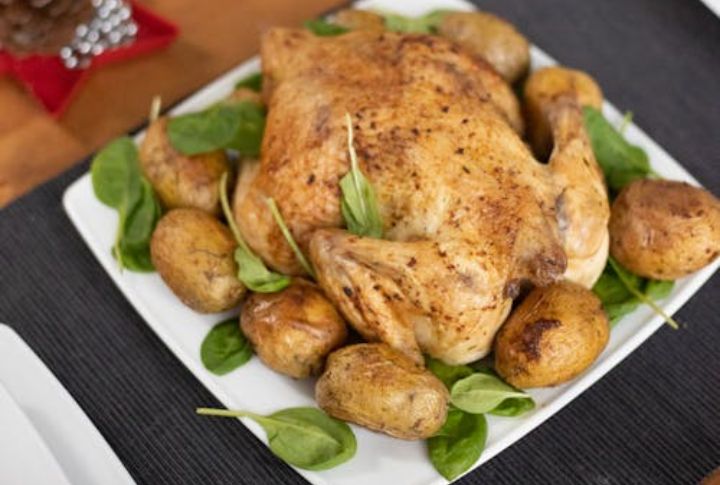
When chicken is microwaved, it results in dry, rubbery meat. Uneven heating causes moisture to evaporate, leaving the chicken tough and tasteless. Heating chicken on the stove or in the oven preserves its juicy taste and texture.
Mushrooms
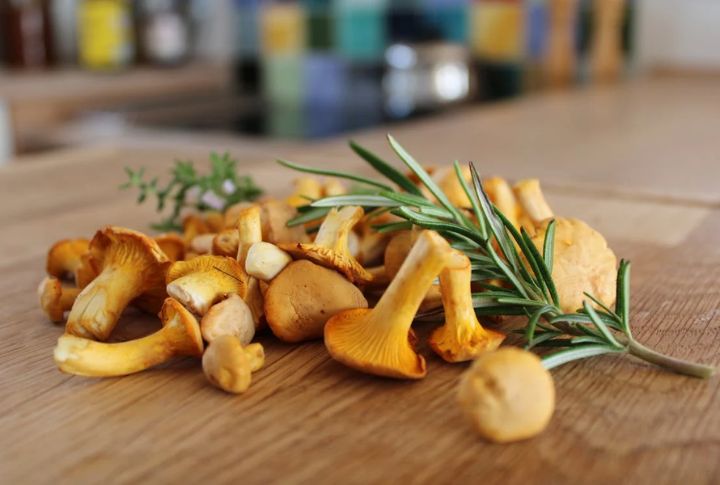
Heating or cooking mushrooms causes their proteins to break down too quickly, resulting in a slimy, rubbery texture that won’t be pleasing to taste. This also causes nutrient loss and alters their natural umami flavor. To retain their best taste, sauté or roast them instead.
Eggs
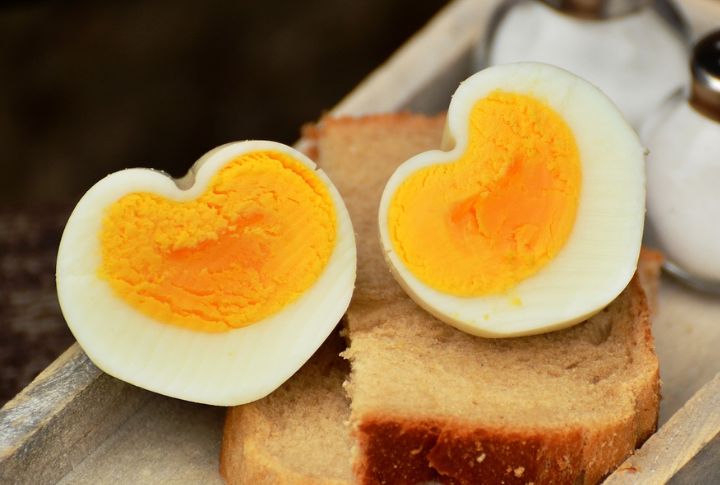
If you want scrambled or boiled eggs, using a microwave can turn them rubbery. Eggs are cooked quicker in the microwave, and this causes them to become overcooked and develop an unpleasant texture. For best results, stick to stovetop cooking to regulate heat and control the texture.
Pizza
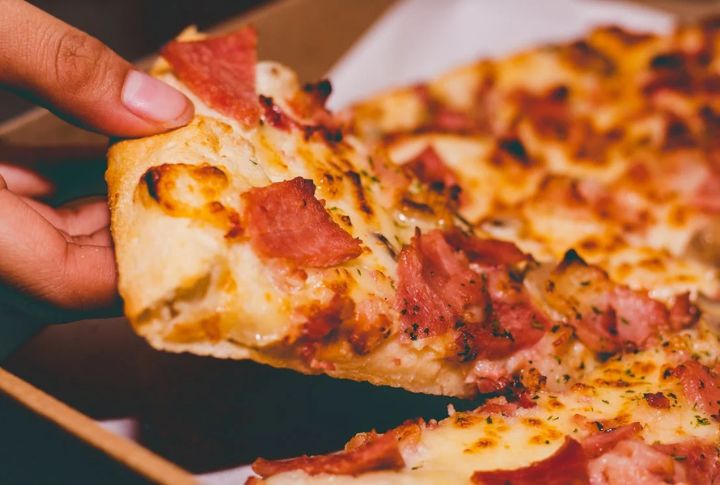
While it is convenient, microwaving leftover pizza makes the crust and toppings soggy and unevenly heated due to the steam inside. It turns the crust soft, while the toppings may remain lukewarm or even cold. Reheat your pizza in an oven or on a stovetop to get it back to its original texture.
Hot Peppers

Do you want to cry and choke on breathable spice? If not, do not microwave hot peppers because they release capsaicin, the compound that makes them spicy, into the air. When you open the microwave, this can create a burning sensation in your eyes and throat. Instead, heat them on the stovetop.
Seafood
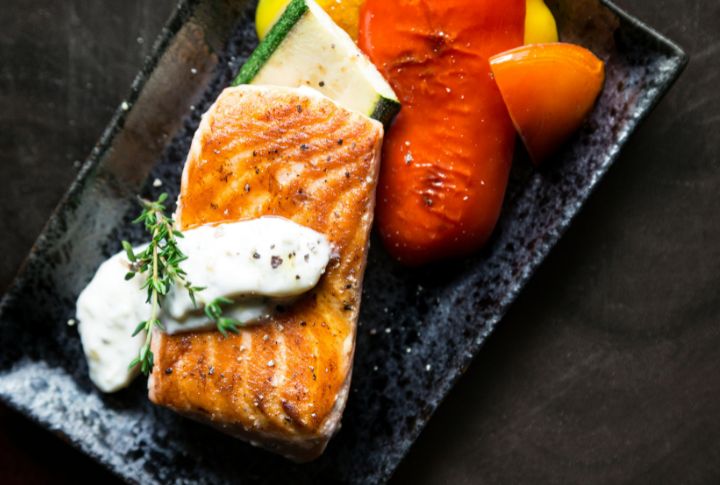
Seafood is yet another dish that becomes rubbery and can have an intensified fishy taste on microwaving. The rapid heat breaks down the delicate proteins, making the fish tough and overly dry. To make seafood taste better, reheat it gently in the oven or on the stovetop to retain moisture and flavor.
Bread

Whether you’re cooking a slice or a whole loaf of bread, it’s not advisable to microwave it, as it can make it tough and chewy. Heat dries out the moisture of food, and it makes the bread lose its softness. Instead, wrap it in a moist paper towel or use a toaster to keep it soft and fresh.
Sauces
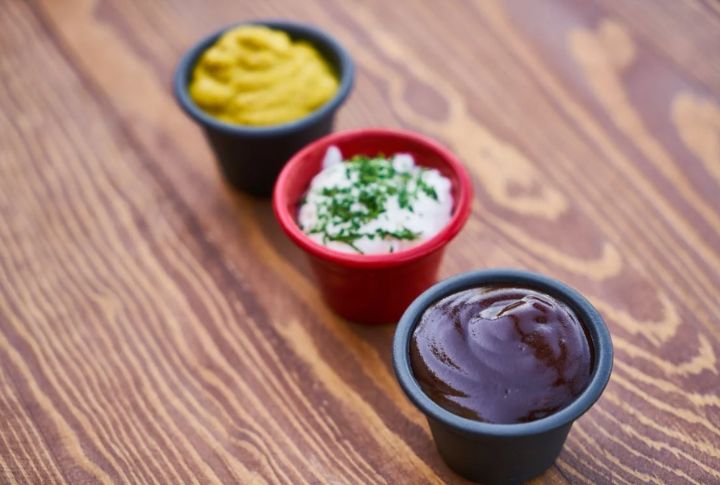
Ever microwaved a sauce only to find it greasy and lumpy? That’s the heat breaking its structure! Fat separates, leaving a weird texture. For a smooth result, stir constantly or ditch the microwave and use the stovetop—it’s the secret to keeping your sauce silky and delicious.
Cheese
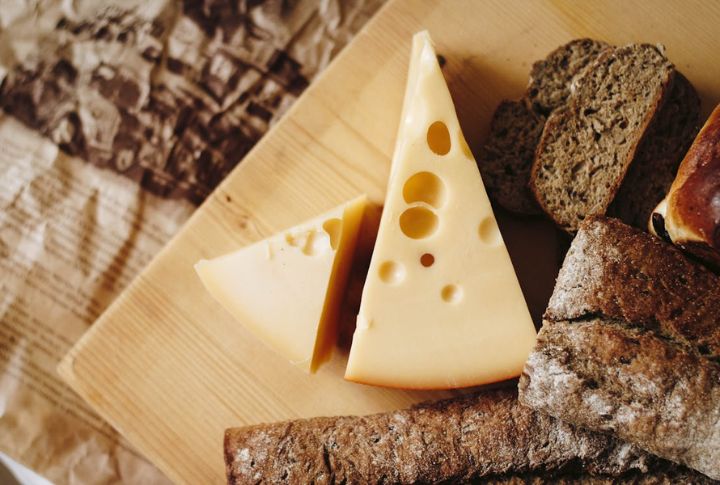
Microwaving cheese causes it to become oily, stringy, and sometimes burnt. The heat breaks down its proteins, creating an unpleasant texture and flavor. You should rather melt cheese slowly on a stovetop or use an oven to control the temperature and retain a smooth, creamy texture.
Leave a comment